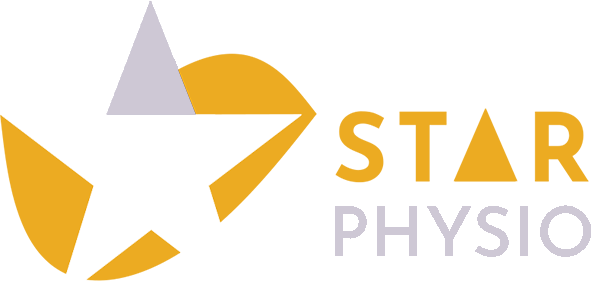What is CP?
Cerebral palsy is caused by an injury to the developing brain before, during or shortly after birth. It affects movement, muscle tone and posture in different ways.
Common challenges
* Muscle stiffness (spasticity)
* Involuntary or fluctuating movements
* Balance and coordination difficulties
* Challenges with sitting, standing or walking
* Pain or fatigue
* Risk of contractures or postural changes
How physiotherapy can help
* Improves strength, flexibility and balance
* Supports walking, transfers and mobility
* Can minimise secondary problems
* Builds confidence and independence
* Encourages participation in daily life
Our approach at StarPhysio
* Land-based therapy to target posture, balance and mobility
* Aquatic therapy for supported movement
* Specialist equipment (walkers, standing frames, vibration training)
* Family coaching for achievable home strategies
* Collaboration with NHS and school teams
